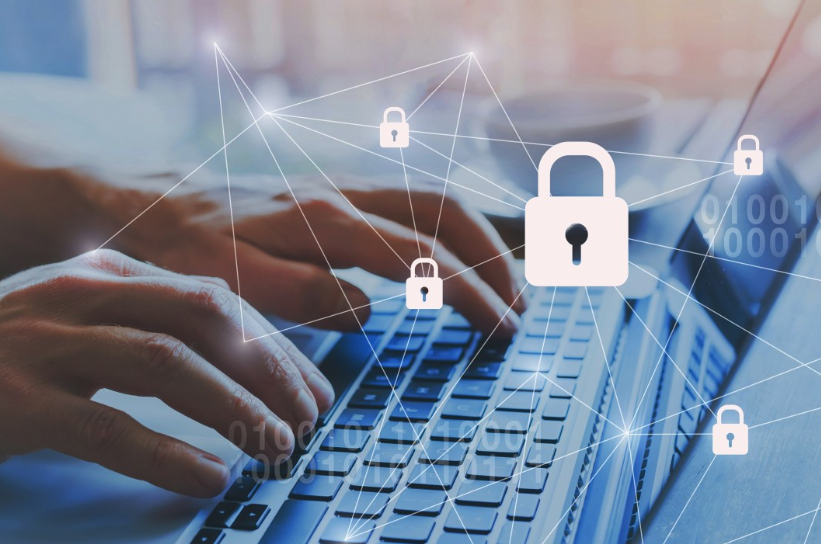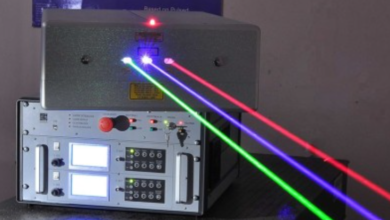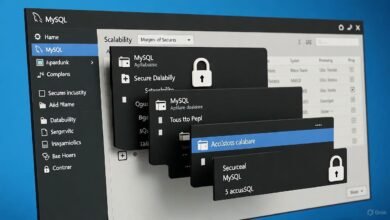
How Access Control Improves Business Cyber Resilience
Introduction – Why Access Control Matters
Cyber threats are expanding rapidly as businesses adopt cloud platforms, mobile devices, and remote work strategies. Attackers often exploit weak or unmonitored access points to steal sensitive data or disrupt operations. Unauthorized access, whether by external hackers or internal misuse, has become one of the leading causes of breaches. Implementing strong access control is no longer optional; it is a cornerstone of cyber resilience. By restricting who can enter systems and what they can do, businesses reduce risks and strengthen their overall defense posture.
What Is Access Control in Cybersecurity?
Access control is the process of managing and regulating who can access specific digital resources, applications, or systems. At its core, it ensures that only the right individuals have the correct level of access, preventing unauthorized use of sensitive information. While physical access control limits entry to buildings or devices, digital access control focuses on protecting data, applications, and cloud environments. Its primary goal is to minimize exposure by granting access strictly on a need-to-know basis.
The concept ties directly into broader cybersecurity practices. For example, privileged access management explained for cybersecurity highlights how critical accounts must be carefully monitored and limited to reduce potential abuse. Organizations that fail to implement strong controls often face risks of breaches, insider misuse, or regulatory violations. It provides a detailed breakdown of privileged access management, showing how this principle forms a central layer of defense.
Types of Access Control Models
Access control can take different forms depending on organizational needs. Discretionary Access Control (DAC) allows owners of resources to decide who gains entry, but it can be inconsistent. Mandatory Access Control (MAC) enforces strict rules set by administrators, often used in government or military environments. Role-Based Access Control (RBAC) assigns permissions based on job roles, which is widely adopted in enterprises. Attribute-Based Access Control (ABAC) uses attributes such as user location, device type, or time of access to make decisions, adding flexibility and granularity.
Why Businesses Need Strong Access Control
Enterprises face threats not only from hackers but also from insider actions and human error. Employees sometimes access systems they do not need, which increases risk. Strong access control prevents such misuse by enforcing least-privilege access. It also helps businesses comply with regulations like GDPR, HIPAA, and PCI DSS, which require strict data protection. By reducing unnecessary permissions, businesses close off potential entry points, limiting the damage attackers can cause if they compromise accounts.
Key Components of Effective Access Control
Authentication is the first step, confirming the identity of users through passwords, biometrics, or multi-factor authentication. Authorization defines what resources users can access and what actions they can take. Monitoring and auditing track access logs, making it possible to detect unusual activities in real time. Privileged access management is essential for securing high-level accounts with the most power, ensuring administrators or executives do not become weak links in security. When all these elements work together, businesses create a robust defense system.
See also: 5 Common Heating Issues Coral Springs Technicians Fix Every Winter
Benefits of Access Control for Business Cyber Resilience
Strong access control minimizes attack surfaces, making it harder for adversaries to exploit systems. It reduces downtime by preventing attacks from spreading and disrupting operations. By safeguarding customer and business data, organizations build long-term trust with clients, partners, and regulators. In addition, well-structured access control frameworks streamline compliance and strengthen reputation, helping enterprises remain competitive in their industries.
How Access Control Integrates With Other Security Measures
Access control is not a standalone solution but part of a wider defense strategy. It aligns naturally with Zero Trust security, where every access request is verified regardless of location or device. It works closely with identity and access management systems to unify policies across networks and cloud environments. Access control also strengthens existing security layers such as firewalls, intrusion detection systems, and encryption by ensuring only authenticated and authorized users reach those points.
Industry Examples of Access Control in Action
Financial institutions rely on strict access control to safeguard online banking, customer accounts, and transaction records. In healthcare, hospitals enforce strict permissions to protect patient records under HIPAA compliance. Retailers depend on access controls to secure e-commerce platforms, ensuring payment systems and customer data remain protected. Manufacturing industries manage access across IoT and operational technology networks to prevent disruptions in production lines. Each sector adapts access control strategies to fit its risks and regulations.
Challenges in Implementing Access Control
Deploying effective access control is not without difficulties. Organizations must balance usability with security, ensuring employees can perform tasks without being slowed by unnecessary restrictions. Remote work and multi-cloud setups add complexity, requiring unified policies across diverse systems. Insider threats remain a challenge, especially when privileged accounts are misused. Smaller businesses often face budget constraints that limit investments in advanced access solutions, leaving them vulnerable to breaches.
Best Practices for Strong Access Control
Organizations should implement multi-factor authentication as a baseline, significantly reducing risks from stolen credentials. Applying the principle of least privilege ensures employees only access what they truly need. Regular reviews of permissions help businesses adjust access as employees change roles or leave the company. Training employees on secure access habits creates awareness and prevents errors that could compromise sensitive data.
The Future of Access Control in Cybersecurity
The future of access control lies in adaptive technologies powered by AI. Adaptive authentication adjusts requirements based on user behavior, making access more secure and seamless. Context-aware access considers factors like device health, location, and time before granting entry. Blockchain-based identity management could eliminate reliance on centralized password systems, reducing risks of breaches. These innovations will integrate into Zero Trust frameworks, ensuring businesses remain resilient against evolving cyber threats.
Conclusion
Access control is not just about restricting access but about shaping a secure business environment. By preventing unauthorized entry, reducing human error, and protecting critical data, organizations create a foundation for long-term cyber resilience. Businesses that prioritize access control not only reduce risks but also strengthen compliance, reputation, and trust. In today’s fast-moving digital landscape, effective access control is a necessity rather than a choice.
FAQs
1. What are the main types of access control businesses use?
The primary models include discretionary, mandatory, role-based, and attribute-based access control. Each serves different organizational needs, with role-based models being the most common in enterprises.
2. How does access control improve compliance?
Access control enforces rules around who can access sensitive data, which is required under laws such as GDPR, HIPAA, and PCI DSS. Proper implementation helps businesses avoid costly penalties and reputational damage.
3. Why is privileged access management so important?
Privileged accounts hold the highest levels of control, making them prime targets for attackers. Strong privileged access management explained for cybersecurity practices ensures these accounts are tightly monitored and secured.




